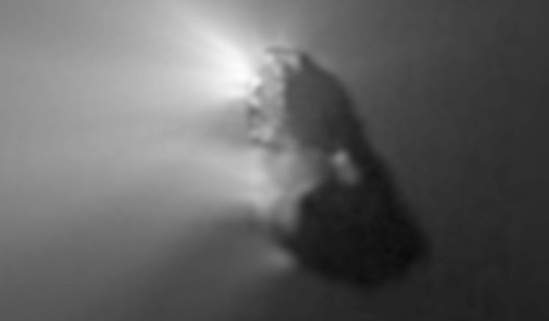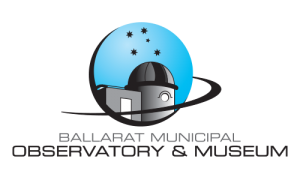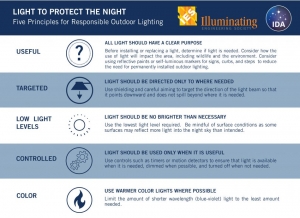
Monday 16th May
The International Day of Light is held on May 16th every year, the anniversary of the first successful operation of the laser in 1960 by physicist and engineer, Theodore Maiman.
The laser is a perfect example of how a scientific discovery can yield revolutionary benefits to society in communications, healthcare and many other fields.
For interest, you can find here some of the laser history, but note that the International Day of Light is not just about lasers and science. It also includes aspects of art, culture, entertainment – everywhere light is present in fact!
- 12.00pm What can light reveal? Judith Bailey takes a look at light and how we can learn so much about the Universe and ourselves. Cost $10 includes Hot Soup with Bread Roll and Refreshments.
- 1.00pm – 3.00pm Online viewing of Eclipse of the Moon (Not visible in Ballarat)
- 1.30pm Safe Solar Viewing
Bookings Online
______________________________________________________________
First celebrated at the Observatory 2019.
- We acknowledge the importance of preserving our heritage, the rich biodiversity of the environment and the starry night sky.
- The aesthetic beauty and wonder of a natural night sky is a heritage shared by all humankind.
- The experience of standing beneath a starry night sky inspires wonder and awe and encourages a growing interest in science and nature, especially among young people in Victoria.
- The opportunity to view star-filled skies over our country creates educational and personal benefits of far reaching economic value to all and impossible to accurately quantify.
- Globally, artificial light at night (ALAN) has increased by at least 49 % over the past generation, according to researchers at the Universities of Madrid and Exeter.
- Excessive ALAN, defined as light produced by humans for any purpose, contributes to light pollution of the night-time environment.
- Light pollution, defined as the inappropriate or excessive use of artificial light, can have serious environmental consequences for humans, wildlife, and our climate. It lights up the night sky denying Indigenous Australians a dark night sky that is a crucial part of their heritage, representing their stories, their culture and their calendar. For them ALAN has particularly negative impacts.
- Light pollution represents a waste of natural resources. In Australia, it is estimated that 30 % of all exterior lighting is energy wasted by directing light upwards instead of down, where it is intended to go.
- Light pollution diminishes the day/night cycle for all life. It diminishes animal habitats, puts nocturnal animals at risk and affects vegetation. For humans it has been linked to increased risks of some common cancers, obesity and many other ailments.
- Science has established that light pollution has significant economic and environmental consequences, impacting on the health of humans and the natural environment wherever it is present.
- Light pollution impact birds that migrate to and through Victoria, it also impacts on the endangered Mountain Pygmy Possum and its main food source, the Bogong Moth, so contributing to the decline in the biodiversity in Victoria.
- Solving the problem of light pollution requires educating governments, communities, and citizens on environmentally-friendly outdoor lighting practices. This includes responsible decision-making in selecting the appropriate colours of light sources, using only the minimum amount of light for the purpose and that it is directed only where it is needed.
- The International Dark-Sky Association has designated the week of 22nd – 30th April 2022 as International Dark Sky Week 2022 and the Observatory hosts an annual event. We continue to draw awareness to the far-reaching impacts of light pollution on all communities and promote solutions to minimise it.
- Protecting the night sky helps the all of us to improve our community and maintain its unique sense of place, neighbourhood liveability, safety, and quality of life.





